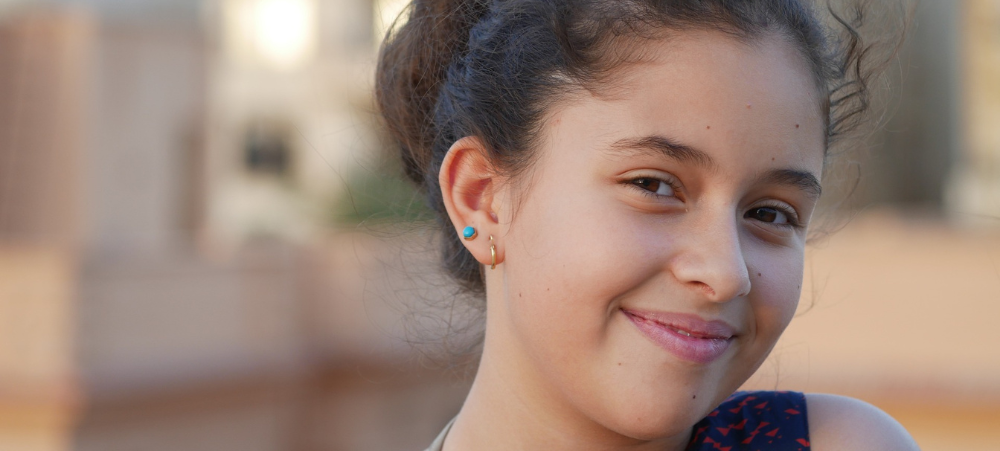A parent’s guide to recognising ADHD and a parent-friendly ADHD screening
The Morning Reality Check
Last Tuesday, Ollie spent twenty minutes looking for her school bag — while standing right in front of it. When her mum pointed it out, Ollie said, “Oh! I was looking for the blue school bag!” (Her school bag is red. It’s always been red. They bought it together at Pick n Pay.)
This is life with an ADHD brain – and honestly? It’s pretty amazing once you understand what’s happening behind those beautiful, busy eyes.
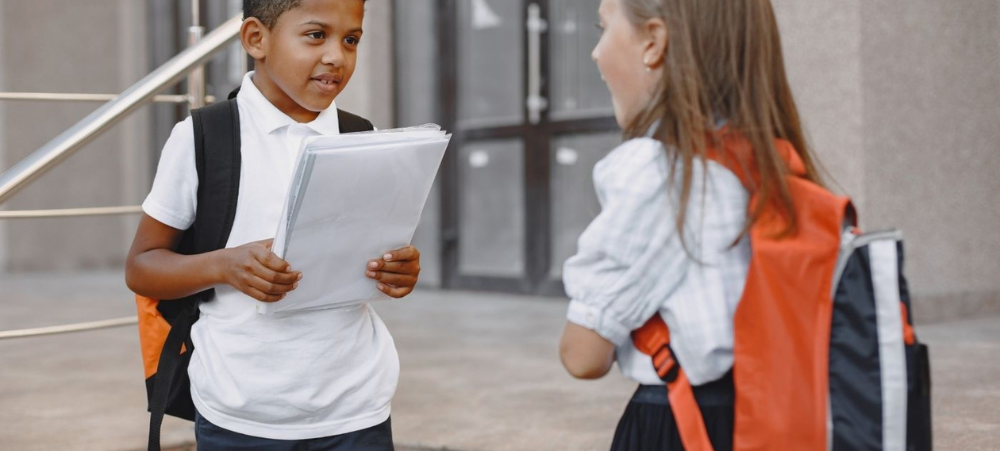
What Does ADHD Really Look Like?
Forget the outdated image of the “hyperactive boy bouncing off walls.” ADHD looks different for every child, and many of the signs might surprise you:
- The Daydreamer: Stares out the window during homework time but can recall every detail about a bird’s nest they saw three days ago.
- The Hyperfocus Hero: Can spend hours building the most elaborate LEGO creation, but brushing teeth feels impossible.
- The Question Machine: Asks “why” and “how” until parents find themselves Googling “why don’t penguins’ feet freeze” at nine o’clock at night.
- The Emotional Volcano: Moves from pure joy to devastation over a broken crayon in under five minutes.
- The Creative Tornado: Turns chores into adventures — cleaning their room becomes a treasure hunt, homework becomes performance art.
The School Puzzle Piece
Here’s where things often get tricky. Traditional classrooms are designed for the sit-still, listen-quietly learner. But ADHD brains thrive with movement, variety, and engagement that standard schooling doesn’t always offer.
Teachers might say a child is “easily distracted” or “not reaching their potential.” Parents might hear “needs to try harder.” These comments can be hurtful, especially when families see just how capable their child is at home.
The truth? These children aren’t broken — the system just isn’t built for their brand of genius. That’s why specialised educational support matters so much.
The Executive Function Puzzle
Executive functions are often called the brain’s “CEO skills” because they help manage, coordinate, and guide everything we do in daily life — from getting ready for school in the morning to tackling a long-term science project. These skills work together like a control tower, keeping thoughts, actions, and emotions on track.
Here’s a closer look at each one:
- Planning and Organisation
This is the ability to set a goal, think ahead about the steps needed, and gather the right resources to get the job done. For children with ADHD, this can feel like trying to pack a school bag while a TV is blaring, the dog is barking, and five other interesting ideas pop into their head at the same time. They might forget homework, sports kit, or even the lunchbox — not because they don’t care, but because their brain is juggling too much at once. - Time Management
This isn’t just about being “on time” — it’s about understanding how long something will take and working steadily towards that deadline. Many ADHD children either underestimate (“It’ll only take me 5 minutes to do my project!”) or overestimate (“It’s going to take forever, I can’t start!”) how much time they need. The result can be last-minute panic or avoidance. - Working Memory
This is the brain’s “sticky notes” — the ability to hold information in mind while using it. For example, remembering a maths problem long enough to work out the answer, or holding a teacher’s three-step instruction (“Take out your book, turn to page 10, write your name at the top”). With ADHD, those sticky notes can slip away quickly, leaving the child unsure what to do next even though they were listening moments ago. - Impulse Control
This is the ability to pause and think before acting. For a child with ADHD, that pause can be incredibly short — which is why they might shout out an answer before the teacher finishes the question, grab a toy without asking, or interrupt in the middle of a conversation. It’s not rudeness; it’s their brain moving faster than their brakes.
Starting and Finishing Tasks (Task Initiation and Completion)
Many ADHD children struggle to begin tasks that feel boring, difficult, or overwhelming — even when they really want to succeed. And once started, keeping the momentum going to actually finish can be just as hard. Think of it like trying to push a heavy shopping trolley: getting it moving takes effort, and once it’s rolling, keeping it straight requires constant attention. - Regulating Emotions
This is the ability to manage feelings in a way that fits the situation. For children with ADHD, emotions can be big, fast, and intense — joy, frustration, excitement, or sadness can arrive like a wave and be just as quick to change. A small setback, like dropping a pencil, can feel like the end of the world in the moment, while a tiny victory, like finishing a puzzle, can lead to huge celebration.
For children and teens with ADHD, it’s like assembling IKEA furniture without the instructions — possible, but it takes patience, creativity, and support.
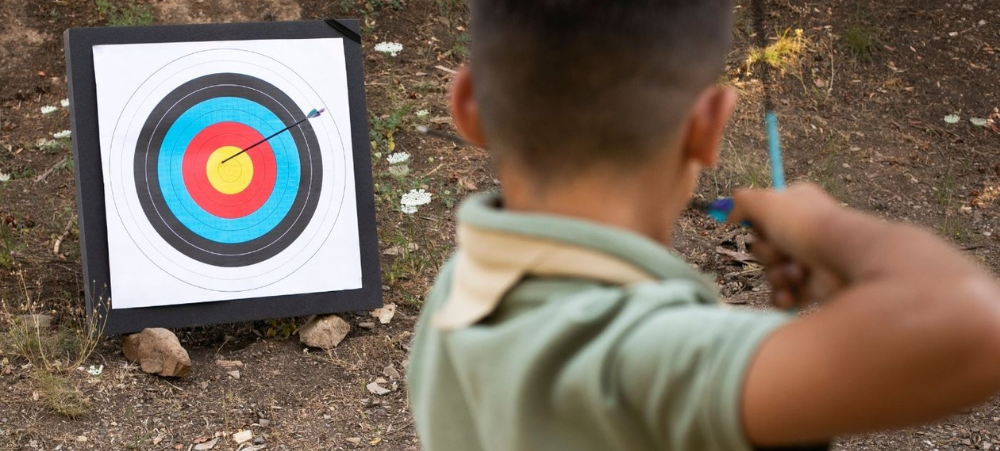
The Gifts Hidden in Plain Sight
ADHD doesn’t just come with challenges — it also brings along remarkable strengths that, when recognised and nurtured, can help children thrive both in and out of the classroom. These gifts often appear in ways that surprise parents and teachers, and they’re a big part of what makes these children so unique and inspiring.
- Creativity – ADHD minds are often bursting with ideas, seeing solutions others might overlook. Give them a cardboard box, and it’s not just a box — it’s a spaceship, a puppet theatre, or a treasure chest. This ability to think “outside the box” can be a real advantage in problem-solving and creative subjects like art, writing, and design.
- Empathy – Many children with ADHD feel emotions deeply, which means they can often sense when someone else is struggling or upset. They may offer comfort, a listening ear, or a thoughtful gesture that shows a maturity beyond their years. Their compassion can be a bridge to strong, genuine relationships.
- Energy – When their enthusiasm is channelled in the right direction, it can be infectious. Whether it’s rallying a sports team, jumping into a group project, or leading a family adventure, their zest for life can motivate and inspire everyone around them.
- Innovation – ADHD learners rarely settle for “this is how we’ve always done it.” They’re natural questioners who like to explore different angles and find fresh, unconventional solutions. This trait makes them great inventors, entrepreneurs, and problem-solvers.
- Resilience – Living with daily challenges means developing persistence. Many ADHD children learn to adapt, bounce back from setbacks, and keep going where others might give up. This resilience becomes one of their strongest tools as they grow into adulthood.
When to Consider an Assessment
Consider seeking an ADHD assessment if you notice:
- Ongoing difficulty with tasks that peers manage easily, despite clear intelligence.
- A brain that won’t “switch off” at bedtime.
- Constant feedback that the child is “too much” in certain environments.
- Most importantly, signs that a child is starting to think they’re “bad” or “stupid” because they can’t meet certain expectations.

The Assessment Journey
A proper ADHD assessment might include:
- Developmental and family history
- Behavioural observations
- Teacher and caregiver input
- Cognitive and academic testing
- Ruling out other causes
It’s not about labelling — it’s about understanding how a child’s brain works so the right support can be put in place.
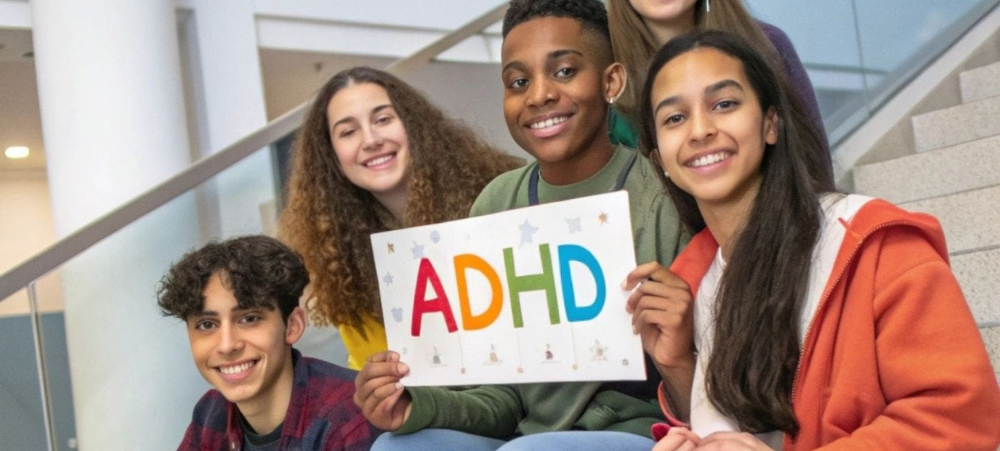
Support can come from:
- Teachers willing to adapt their approach
- Parents who “get it”
- Healthcare professionals specialising in neurodevelopment
- Tutors who understand ADHD learning styles
At Global Tutors, we support South African families by offering one-on-one online tutoring with experienced tutors across all subjects, grades, and learning styles. Whether a child needs help catching up, extending their skills, or learning in a way that works best for their brain, we match them with the right tutor to make that happen.
How a Tutor Can Make a Difference
- They understand the ADHD brain: Using hyperfocus as an advantage.
- Flexible teaching methods: Movement breaks, creative learning, multi-sensory techniques.
- Executive function support: Helping with planning, organisation, and time management.
- Emotional understanding: Building confidence while teaching.
- Pacing: Adjusting to each child’s learning rhythm.
While seeking assessment or support, try:
- Creating structure with flexibility
- Celebrating small wins
- Allowing movement while learning
- Breaking tasks into smaller steps
- Linking learning to their passions
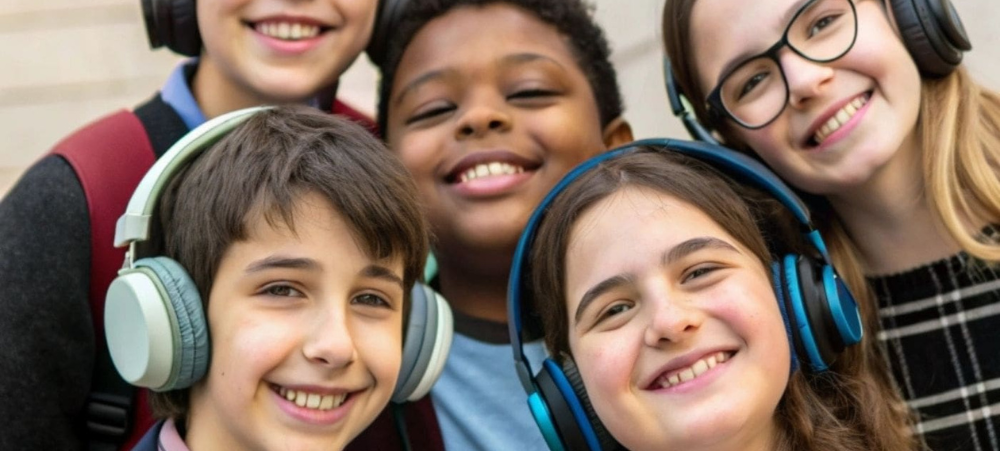
The Power of the Right Educational Match
We’ve worked with countless families where the right educational support has been truly transformational. We’ve seen children who struggled in traditional settings absolutely thrive with the right tutor. It’s remarkable how quickly things can turn around when a child finally feels understood and supported in the way their brain actually works.
The right support doesn’t change who a child is — it helps them be the best version of themselves. These children didn’t need to be “fixed” or made to fit into a box that was never designed for them. They needed educators who could see their potential and work with their natural strengths and learning style. When that happens, the results can be absolutely incredible.
The ADHD journey isn’t always easy, but with the right understanding and strategies, these children grow into innovative, resilient adults who make the world better.
A child’s unique wiring isn’t a flaw — it’s a gift. And seeking answers through assessment is an act of love.
Take the Next Step
If you’re ready to explore whether your child might benefit from extra support, start with our parent-friendly ADHD screening:
🌟 Try the ADHD Assessment
At Global Tutors, we don’t “fix” ADHD — we understand it. Our goal is to give every child the tools and strategies they need to shine.
- Does My Child Have ADHD? Understanding the Beautiful Chaos of Unique Minds - September 12, 2025




